Chess Openings
The Catalan is a chess opening which can be considered to be White adopting a mixture of the Queen's Gambit and Réti Opening: White plays d4 and c4 and fianchettos the white bishop on g2. A common opening sequence is 1.d4 Nf6 2.c4 e6 3.g3 d5 4.Bg2, though the opening can arise from a large number of move orders. ECO codes E01-E09 are for the Catalan.
The Catalan derives its name from Catalonia — nowadays a region shared mainly by Spain and in a lesser area by France — after tournament organizers at the 1929 Barcelona tournament asked Savielly Tartakower to create a new variation in homage to the area's chess history. It had been played a few times before Tartakower's usage in the tournament, however: Réti-Leonhardt, Berlin 1928, for instance, transposed into an Open Catalan.
Major changes in the rules of chess in the late fifteenth century increased the speed of the game, consequently emphasizing the importance of opening study. Thus, early chess books, such as the 1497 text of Luis Ramirez de Lucena presents opening analysis, as does Pedro Damiano (1512), and Ruy López de Segura (1561). Ruy Lopez's disagreement with Damiano regarding the merits of 2...Nc6 led to 3.Bb5 (after 1.e4 e5 2.Nf3 Nc6) being named for him as the Ruy Lopez or Spanish Opening.[3] Opening theory was studied more scientifically from the 1840s on, and many opening variations were discovered and named in this period and later. Opening nomenclature developed haphazardly, and most names are historical accidents not based on systematic principles.
The oldest openings tend to be named for geographic places and people. Many openings are named after nationalities, for example Indian, English, Spanish, French, Dutch, Scotch, Russian, Italian, Scandinavian, and Sicilian. Cities are also used, such as Vienna, Berlin, and Wilkes-Barre. The Catalan System is named after the Catalonia region of Spain.
Chess players' names are the most common sources of opening names. The name given to an opening is not always that of the first player to adopt it; often an opening is named for the player who was the first to popularize it or to publish analysis of it. Eponymic openings include the Ruy Lopez, Alekhine Defense, Morphy Defense, and the Réti System. Some opening names honor two people, such as with the Caro-Kann.
A few opening names are descriptive, such as Giuoco Piano (Italian: "quiet game"). More prosaic descriptions include Two Knights and Four Knights. Descriptive names are less common than openings named for places and people.
Some openings have been given fanciful names, often names of animals. This practice became more common in the 20th century. By then, most of the more common and traditional sequences of opening moves had already been named, so these tend to be unusual or recently developed openings like the Orangutan, Hippopotamus, Elephant, and Hedgehog.
More on Chess Openings






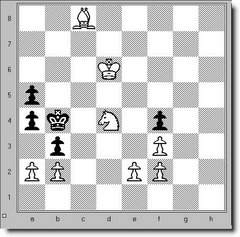
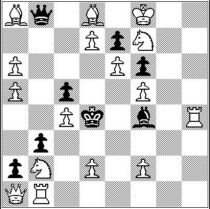
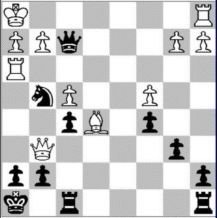
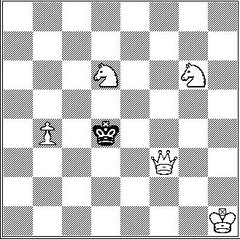
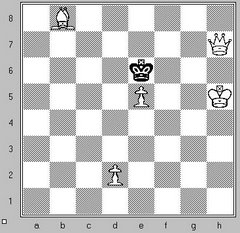
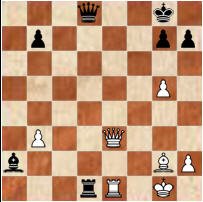

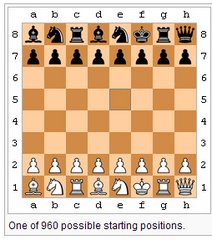
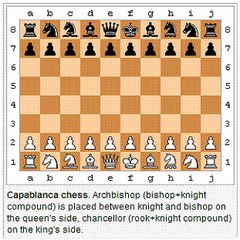
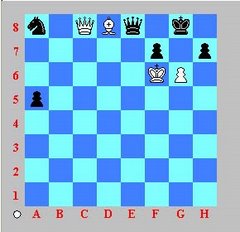
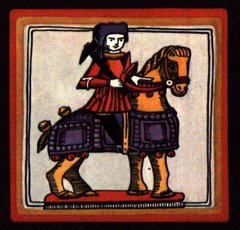
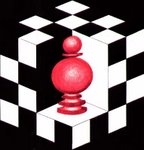




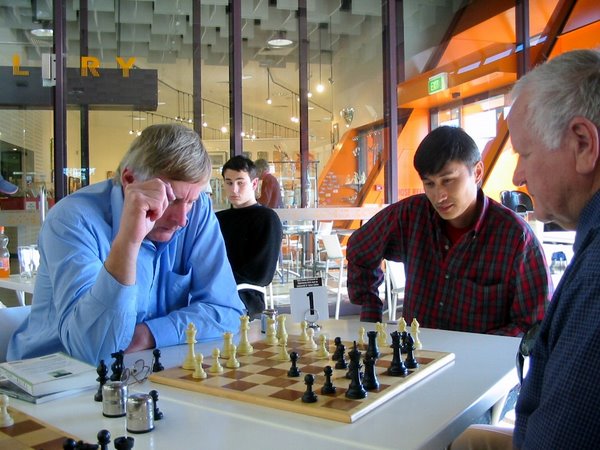
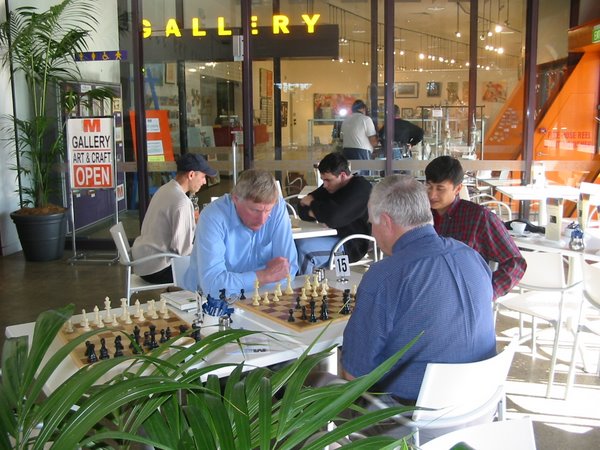
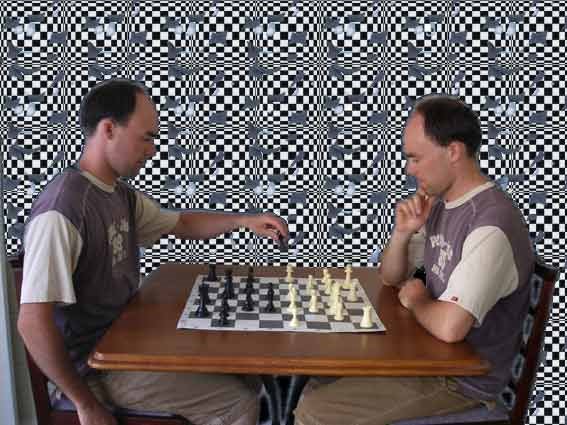

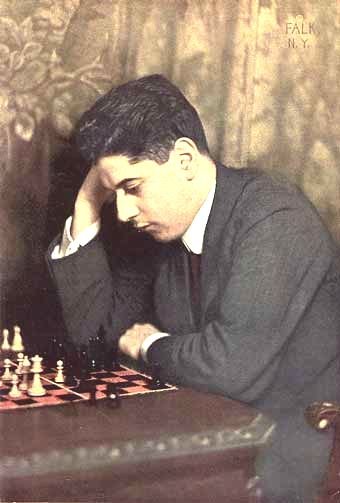
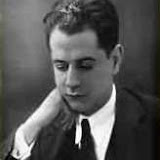
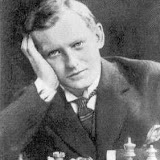
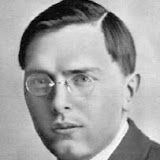
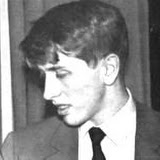
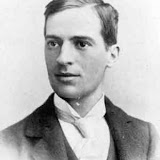

1 comment:
Hi!
Speaking of openings, Wilkes-Barre is not a city as far as I know.
All the best,
JH
Post a Comment